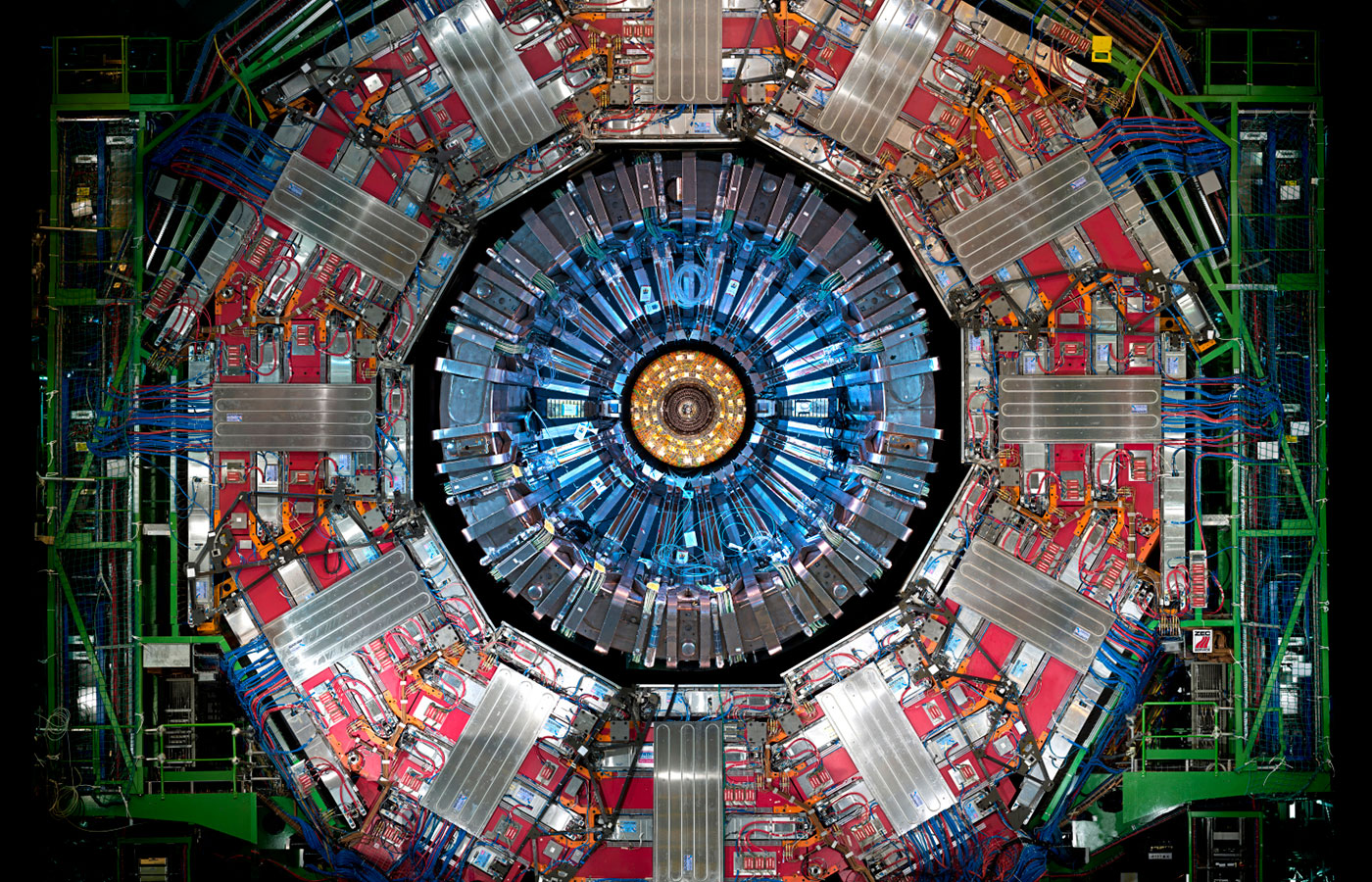Department of Aerospace, Physics and Space Sciences - Florida Institute of Technology
The group currently studies top-quark production in data collected with the Compact Muon Solenoid detector operating at the Large Hadron Collider (LHC) accelerator at CERN in Geneva, Switzerland.
The top quark is the most massive elementary particle ever discovered. The structure of quark masses and the fantastically large top-quark mass, which makes the top-quark coupling to the Higgs field suspiciously close to unity, require a more fundamental explanation. Whatever the account, it beholds the top quark as a special particle in understanding of the particle universe. The top-quark mass provides a consistency check of the Standard Model of Particle Physics, and in relation with the Higgs-boson mass, controls the stability of the universe as a quantum mechanical system.
Our group is investigating an alternative method for precise determination of the top-quark mass, which uses the leptonic observables in hadroproduction of top quark pairs. This method has two advantages over the standard techniques: 1) it is not necessary to fully reconstruct the top-quark events, and 2) it does not depend on jets in the final state, which reduces certain systematic uncertainties.
The group is part of the US Compact Muon Solenoid (USCMS) Virtual Organization (VO) that connects hundreds of scientists around the world. More information about CERN and the LHC here.
Faculty
Dr. Marc Baarmand
Graduate Students
Mark Saunders


 Give to Florida Tech
Give to Florida Tech 